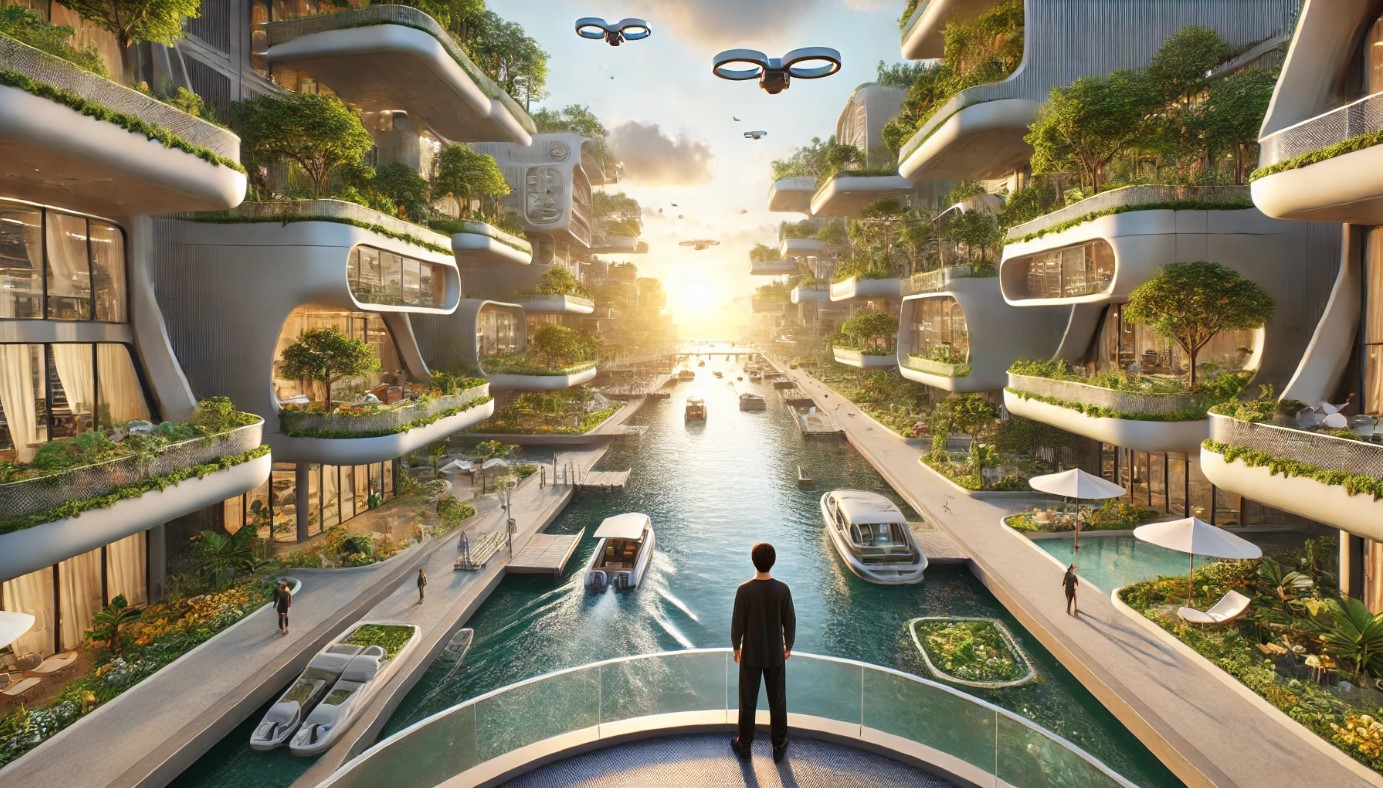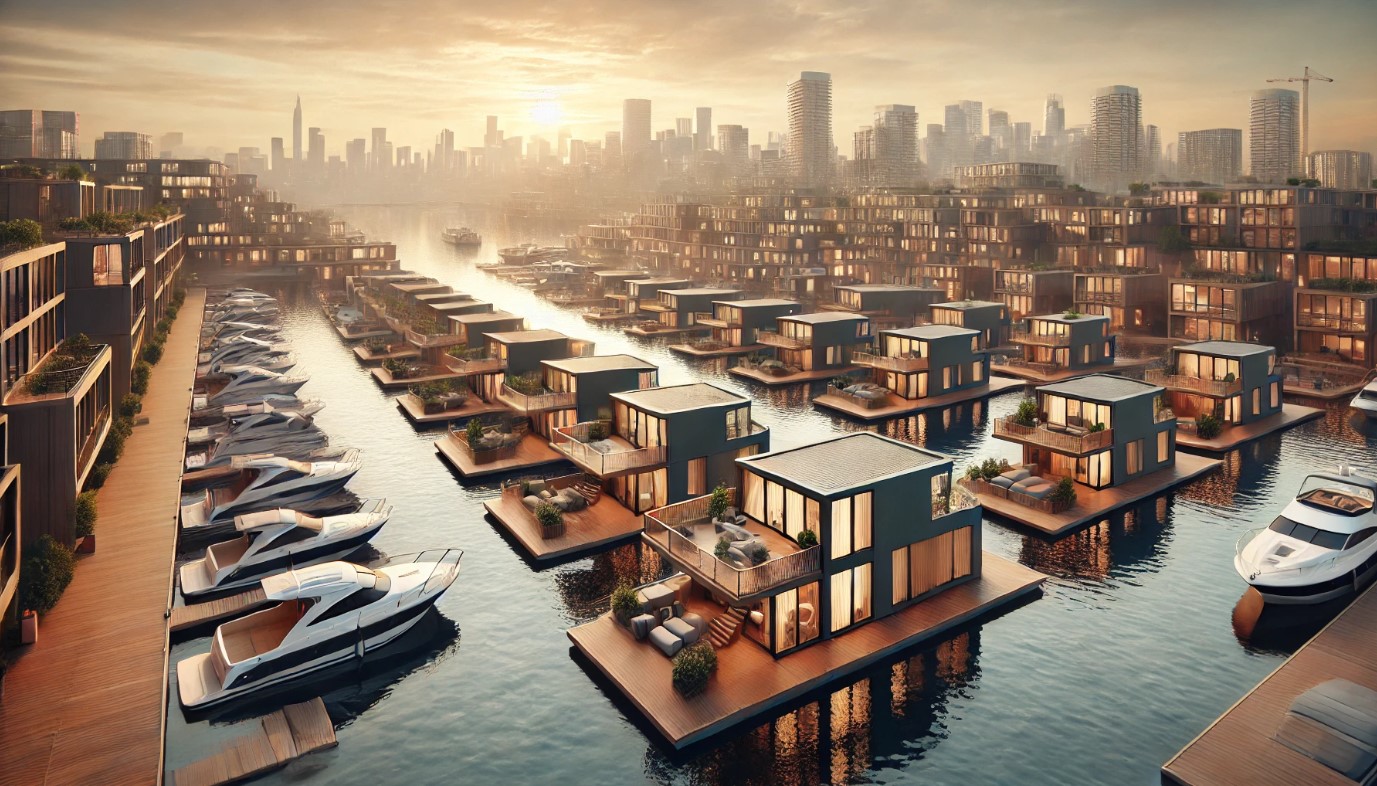As human activities increasingly impact our oceans, the need for sustainable practices to protect marine ecosystems has never been more urgent. One innovative approach to this challenge is the integration of coral reef and marine life conservation into the design and operation of floating structures. These sustainable sea habitats not only offer unique living and recreational spaces but also contribute significantly to the health of our oceans.
The Importance of Coral Reefs and Marine Life Conservation
Coral reefs are vital to marine biodiversity, providing habitat for thousands of species, protecting coastlines from erosion, and supporting fishing and tourism industries. However, they are under threat from climate change, pollution, and overfishing. Conservation efforts are essential to preserve these ecosystems for future generations.
Innovative Initiatives for Sustainable Sea Habitats
Artificial Reefs:
Artificial reefs are human-made structures designed to promote marine life. They can be created from decommissioned ships, concrete modules, or other materials that provide surfaces for coral attachment and shelter for marine organisms.
These reefs enhance biodiversity, improve fish stocks, and can even help restore damaged natural reefs.
Floating Marine Gardens:
Floating marine gardens integrate plant life with floating structures, creating green spaces that support both human and marine life.
These gardens provide habitat for fish and invertebrates, improve water quality through natural filtration, and offer educational and recreational opportunities.
Coral Nurseries:
Coral nurseries involve cultivating young corals in controlled environments before transplanting them to damaged reefs or new artificial structures.
This method accelerates reef restoration efforts, ensuring the survival and growth of resilient coral species.
Eco-Friendly Materials and Design:
Using sustainable materials and environmentally conscious design in floating structures minimizes ecological footprints and enhances marine life.
Reducing pollution and physical damage to marine environments supports long-term conservation goals.
Case Studies
Floating Cities and Coral Reefs:
Example: The Maldives Floating City project includes plans for coral reef conservation as part of its infrastructure. The integration of coral nurseries and artificial reefs ensures the surrounding marine life thrives alongside human habitation.
Impact: This approach not only preserves marine biodiversity but also enhances the appeal of the floating city as an eco-friendly destination.
Ref: https://www.youtube.com/watch?v=ZsOfuJzY4GI
Underwater Sculpture Parks:
Example: The Museo Subacuático de Arte (MUSA) in Cancun, Mexico, features underwater sculptures that double as artificial reefs.
Impact: These installations attract tourists and marine life, promoting conservation awareness and supporting local economies through eco-tourism.
Ref:
Challenges and Solutions
Environmental Impact:
- Challenge: The construction and maintenance of floating structures can disturb marine environments.
- Solution: Employing rigorous environmental impact assessments and using eco-friendly materials can mitigate these effects.
Climate Change:
- Challenge: Rising sea temperatures and ocean acidification threaten coral reefs worldwide.
- Solution: Developing and cultivating resilient coral species in nurseries can help reefs adapt to changing conditions
The Role of Policy and Community Engagement
- Policy: Governments and international organizations must enforce regulations that protect marine ecosystems and support sustainable development initiatives.
- Community: Local communities play a crucial role in conservation efforts. Education and involvement in projects like coral nurseries and marine gardens foster a sense of stewardship and ensure the success of these initiatives.
Sustainable sea habitats represent a promising avenue for conserving marine life while accommodating human needs. By integrating coral reef conservation into the design and operation of floating structures, we can create thriving underwater ecosystems that benefit both nature and society. Through innovative initiatives, responsible policies, and active community engagement, we can protect our oceans for future generations.
Join the movement towards sustainable sea habitats by supporting marine conservation projects and advocating for eco-friendly practices in your community. Together, we can make a difference in preserving the beauty and biodiversity of our oceans. And hopefully have a Sustainable Sea Habitats living in symphony with Coral Reefs by committing to Marine Life Conservation.



